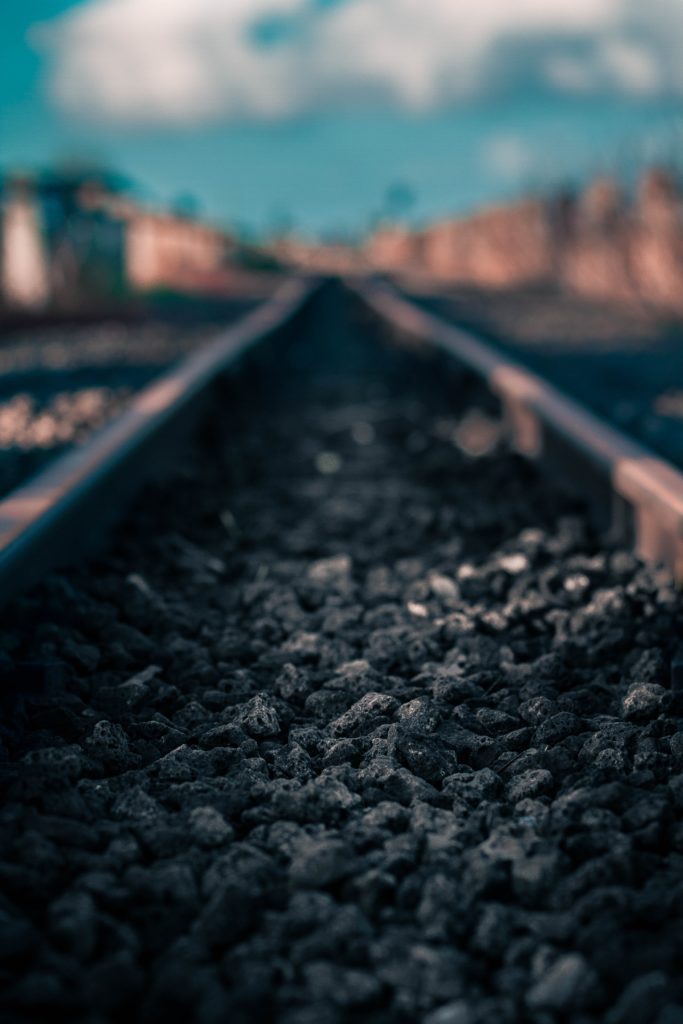This article by Ray Spitzenberger first appeared in IMAGES for July 30, 2020, East Bernard Express, East Bernard, Texas.
There is a “falls” in Marble Falls, Texas, but no “marble”; the rock quarried near there is “granite,” which was used to build the present State Capitol in Austin, begun in 1882 and completed in 1888. I remember my high school Texas History teacher telling our class the fascinating story about building that grand old edifice in Austin. I’m not sure the history books included some of the things she told. Her accounts triggered my interest in granite.
As a child growing up in Dime Box, Texas, I held the notion that granite, which I had seen, was merely pink-colored marble, which I had never seen. By the time my history teacher told us about the construction of the Capitol, we had moved to Giddings, where I frequently noticed huge granite chunks lying in the weeds along the Austin-Houston railroad tracks. They were on the railroad right-of-way from City Limits to Ledbetter (which was as far as I was allowed to drive as a teenager), and I often wondered where they came from.
Well, my teacher’s historical anecdotes didn’t answer the riddle of the trackside granite boulders in Giddings, but it led the way. She related to us that the granite for the State Capitol was quarried near Marble Falls, hauled to Burnet, and from there shipped by rail in 4,000 trainloads to Austin. As the train struggled with its load, some of the big blocks of granite fell off the flat cars here and there on the way to Austin.
It was quite a story, when the train on one of its trips derailed as it crossed the bridge across Bushy Creek. Three dozen blocks fell off the flat cars into Bushy Creek, and are still there in the Creek, because no one was strong enough to move them!
Aha! This gave me a clue to solving the mystery of the granite hunks alongside the tracks from Giddings to Houston.
In the meantime, my mother’s old 1935 encyclopedia, given to her by her sister, explained the difference between granite and marble to me. Granite is an igneous rock made up mostly of feldspar and quartz, very hard minerals. Marble, on the other hand, is crystalline limestone made up of mostly calcium carbonate. Marble is softer and more porous than granite. Because of this, granite is stronger and will last longer and withstand weather conditions better than marble. Both granite and marble are found pretty much throughout the world, though some marble, like Connemara in Ireland, is very rare.
Because of impurities in the limestone, marble can be bluish, gray, green, yellow, black, or pink in color, though it’s often white. Hey, I wasn’t so dumb after all, thinking granite was pink marble (marble can be pink, too). Granite can be white, grey and black, as well as, the pink we’re used to.
Now that we’ve got that straight, we can return to the mystery. A German immigrant, stonecutter and sculptor, Frank Teich, was engaged to help with supervising and cutting the
rough granite blocks in construction of our Capitol. Granite is not the easiest stone to build with. Now this Frank Teich was also recruited later to do quite a bit of granite and marble work in Houston. In Houston, Teich created the Pioneer Monument in Hermann Park, the granite base for the Sam Houston monument, granite angels in a Houston cemetery, and many other granite and marble edifices and monuments.
The key to the mystery? There are no granite quarries in Houston. My guess is that Teich had granite blocks from Marble Falls shipped by train to Houston, and just as it happened on the way from Burnet to Austin, giant hunks of rock randomly fell off the flat cars onto the railroad right-of-way from Austin to Houston. What do you think? Well, it’s a good story anyway!
-o-
Ray Spitzenberger is a retired WCJC teacher and Lutheran pastor, and author of two books, Open Prairies and It Must Be the Noodles.

